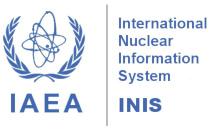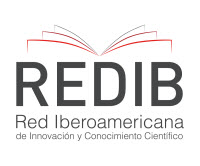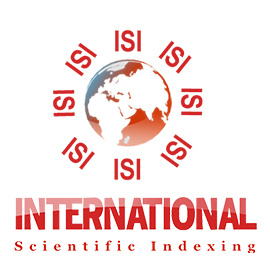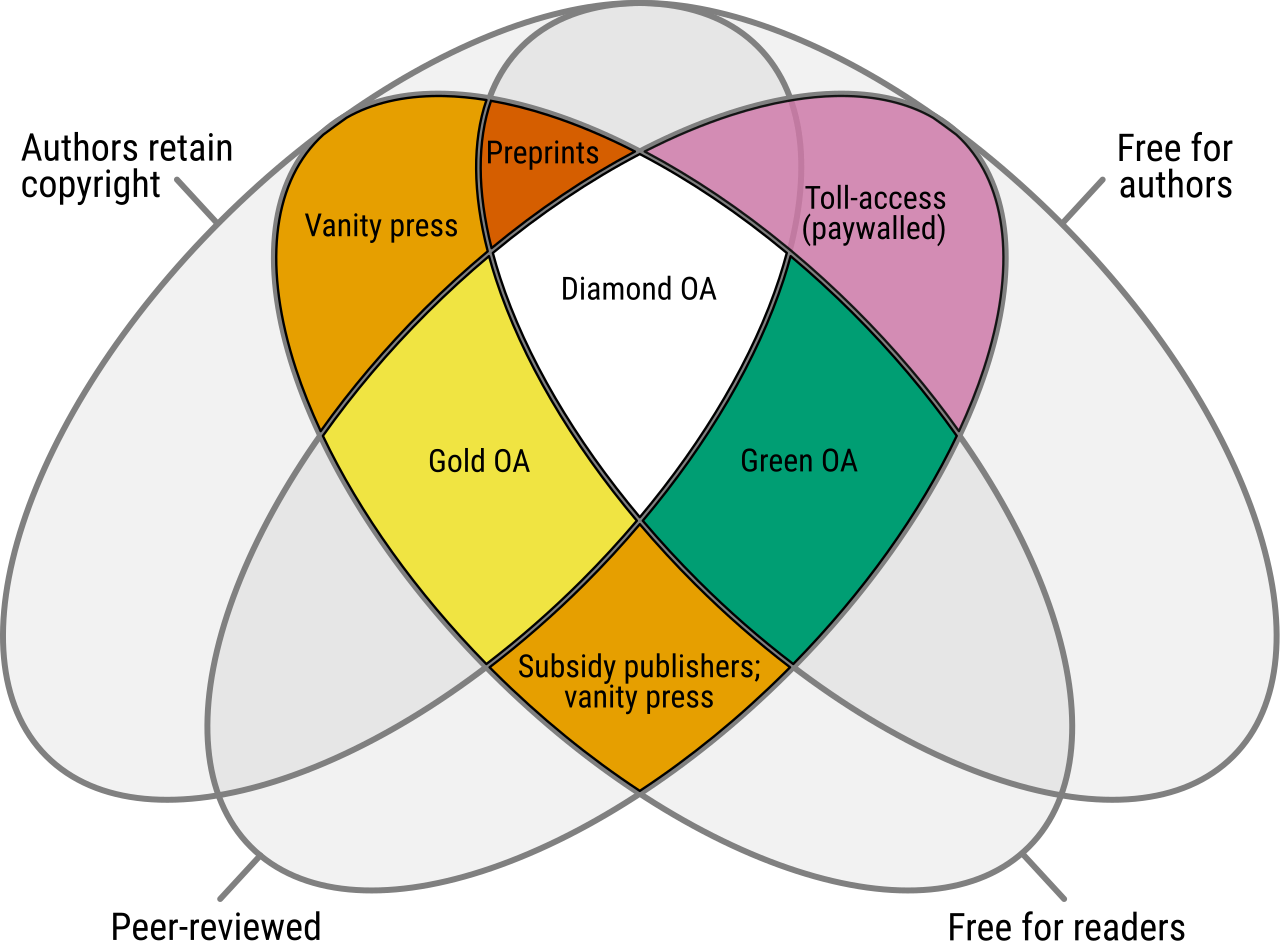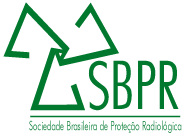Preliminary Studies on the Distribution of Stable Pb and Pb-210 in the Maternal and Fetal Portions of Human Placentas
DOI:
https://doi.org/10.15392/2319-0612.2025.2962Keywords:
stable Pb, Pb-210, placenta, smokingAbstract
Fetal growth and survival are solely dependent on the placenta, making the characterization of toxic elements in this tissue crucial for understanding exposure during pregnancy. Stable lead (Pb) and Pb-210 are toxic elements of particular interest in this context. Stable Pb has been linked to developmental changes in children, while Pb-210, a beta-emitting radionuclide with a 22.3-year half-life, can increase cancer risk, particularly bone sarcomas, when present in excess. Placental uptake of stable Pb and Pb-210 can occur through ingestion of food and water, as well as inhalation of air, with smoking and air pollution being significant contributing factors. Recent research suggests that even low levels of environmental chemicals, especially potentially toxic elements, can significantly disrupt placental homeostasis. This preliminary study aimed at determining the concentrations of stable Pb and Pb-210 in the maternal and fetal portions of placentas from eight women who delivered at the Hospital das Clínicas, Faculdade de Medicina, University of São Paulo. Concentrations from 5.7 ± 1.2 ng g-1 to 210.3 ± 2.4 ng g-1 and from 31.5 ± 2.9 Bq kg-1 to 43.3 ± 3.1 Bq kg-1 were obtained for stable Pb and Pb-210, respectively. The results showed that both elements can cross the placental barrier and reach the fetal compartment, albeit at lower concentrations than in the maternal portion.
Downloads
References
[1] Roa, I.; Smok S. C.; Prieto, G.R. Placenta: Anatomia e Histologia Comparada. Int. J. Morphol. v. 30, n. 4, p. 1490-1496, 2012. DOI: https://doi.org/10.4067/S0717-95022012000400036
[2] Jaworowski, Z. Radioactive Lead in the Environment and in the Human Body. Atomic Energy Review, v. 7, p. 3–45, 1969.
[3] Salmon, P. L.; Berkovsky, V. I.; Henshaw, D. L. Relative Importance of Inhalation and Ingestion as Sources of Uptake of Pb-210 from the Environment. Radiation Protection Dosimetry, v.78, n. 4, p. 279–293, 1998. DOI: https://doi.org/10.1093/oxfordjournals.rpd.a032361
[4] Esteban-Vasallo, M.D.; Aragonés, N.; Pollan, M.; López-Abente, G.; Perez-Gomez, B. Mercury, cadmium, and lead levels in human placenta: a systematic review. Environmental Health Perspectives, v. 120, p. 1369–1377, 2012. DOI: https://doi.org/10.1289/ehp.1204952
[5] Stojsavljević, A.; Perović, M.; Nešić, A.; Miković, Ž.; Manojlovic, D. Levels of non-essential trace metals and their impact on placental health: a review. Environmental Science and Pollution Research International, v. 29, p. 43662–43674, 2022. DOI: https://doi.org/10.1007/s11356-022-20205-1
[6] Molina-Mesa, S.; Martinez-Cendàn, J.P.; D. Moyano-Rubiales, L.; Molina-Garcia, J.; González-Mesa, E. Detection of Relevant Heavy Metal Concentrations in Human Placental Tissue: Relationship between the Concentrations of Hg, As, Pb and Cd and the Diet of the Pregnant Woman. International Journal of Environmental Research and Public Health, v. 19, p. 14731, 2022. DOI: https://doi.org/10.3390/ijerph192214731
[7] Falcón, M.; Viñas, P.; Luna, A. Placental lead and outcome of pregnancy. Toxicology, v. 85, n. 1-2, p.59–66, 2003. DOI: https://doi.org/10.1016/S0300-483X(02)00589-9
[8] Thomas, P. A.; Sheard, J. W; Swanson, S. Transfer of Po-210 and Pb-210 Through the Lichen-caribou-wolf Food Chain of Northern Canada. Health Physics, v .66, n. 6, p. 666–677. 1994. DOI: https://doi.org/10.1097/00004032-199406000-00006
[9] Goyer, R. A. Transplacental transport of lead. Environ. Health Perspect, v. 9, p. 101-105, 1990. DOI: https://doi.org/10.1289/ehp.9089101
[10] Richardson, R.B. Model of Pb-210 and Po-210 Placental Transfer to Fetal Bone. Radiation Protection Dosimetry, v. 54, p. 139–144, 1994.
[11] Moreira, S. R. D. Determinação de Pb-210 em águas minerais da cidade de Águas de Prata. p.63. Dissertação de Mestrado, Instituto de Pesquisas Energéticas e Nucleares (IPEN), São Paulo, Brasil, 1993.
[12] U.S. Environmental Protection Agency. Method 3052: Microwave Assisted Acid Digestion of Siliceous and Organically Based Matrices. SW-846, Test Methods for Evaluating Solid Waste, Physical/Chemical Methods, Rev.0, 1996.
[13] Boryło, A.; Skwarzec, B.; Wieckzorek, J. Sources of Polonium Po-210 and Radio-Lead Pb-210 in Human Body in Poland. Int. J. Environm. Res. Public Health, v.19, p. 1984–1984, 2022. doi: 10.3390/ijerph19041984 DOI: https://doi.org/10.3390/ijerph19041984
Downloads
Published
Issue
Section
License
Copyright (c) 2025 Laíssa A. Bonifacio, Nathália V. dos Santos, Naomi Akiba, Maciel S. Luz, Rossana P. V. Francisco, Barbara P. Mazzilli

This work is licensed under a Creative Commons Attribution 4.0 International License.
Licensing: The BJRS articles are licensed under a Creative Commons Attribution 4.0 International License, which permits use, sharing, adaptation, distribution and reproduction in any medium or format, as long as you give appropriate credit to the original author(s) and the source, provide a link to the Creative Commons license, and indicate if changes were made. The images or other third party material in this article are included in the article’s Creative Commons license, unless indicated otherwise in a credit line to the material. If material is not included in the article’s Creative Commons license and your intended use is not permitted by statutory regulation or exceeds the permitted use, you will need to obtain permission directly from the copyright holder. To view a copy of this license, visit http://creativecommons.org/licenses/by/4.0/






